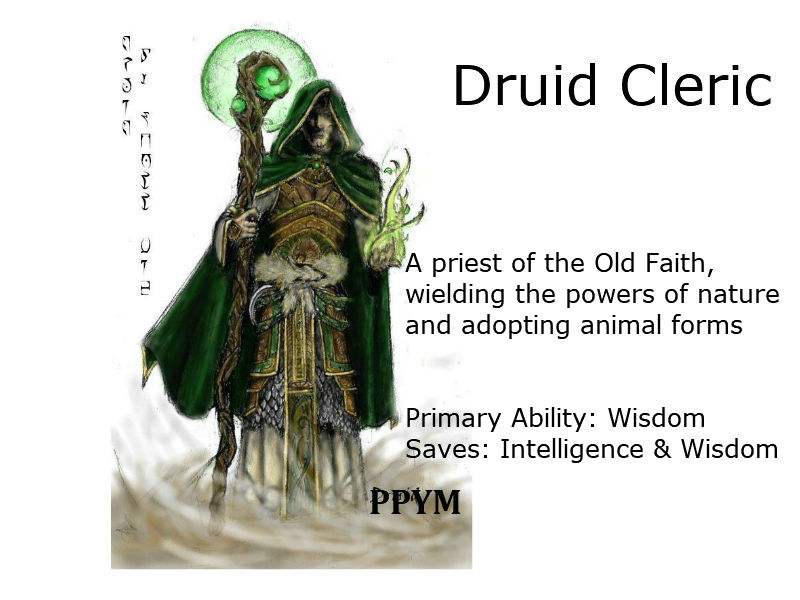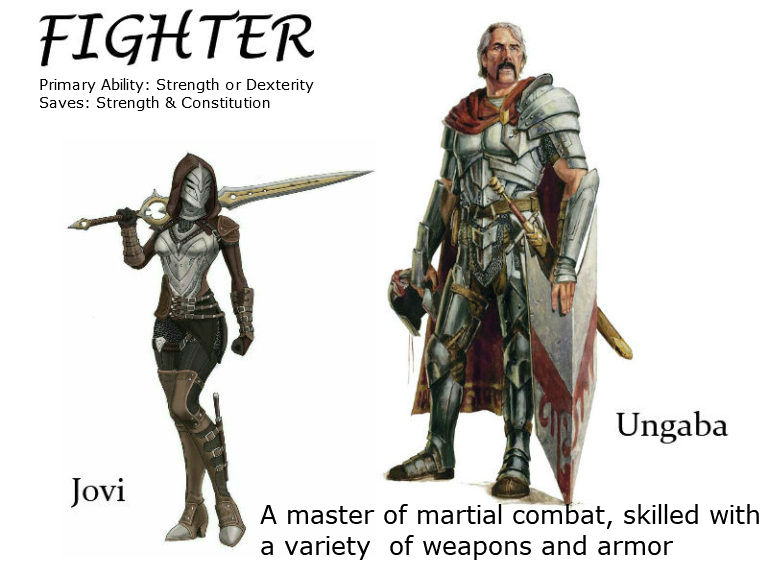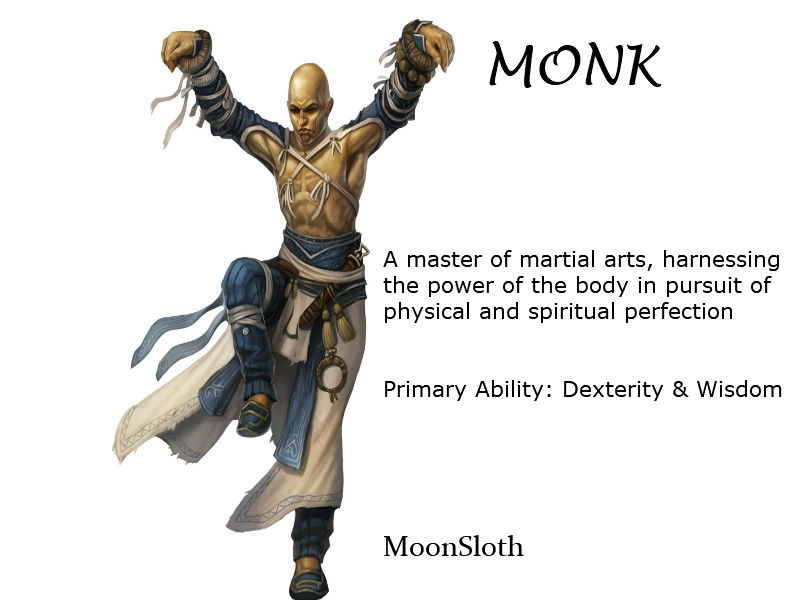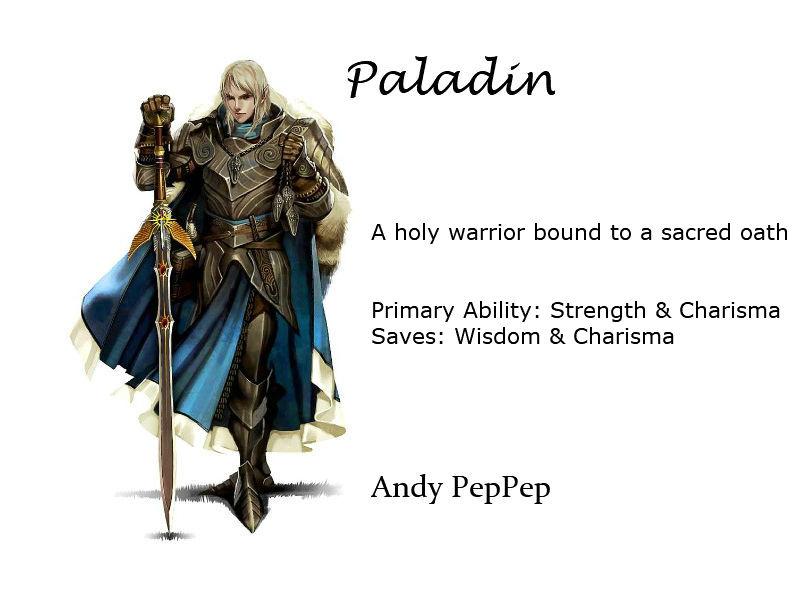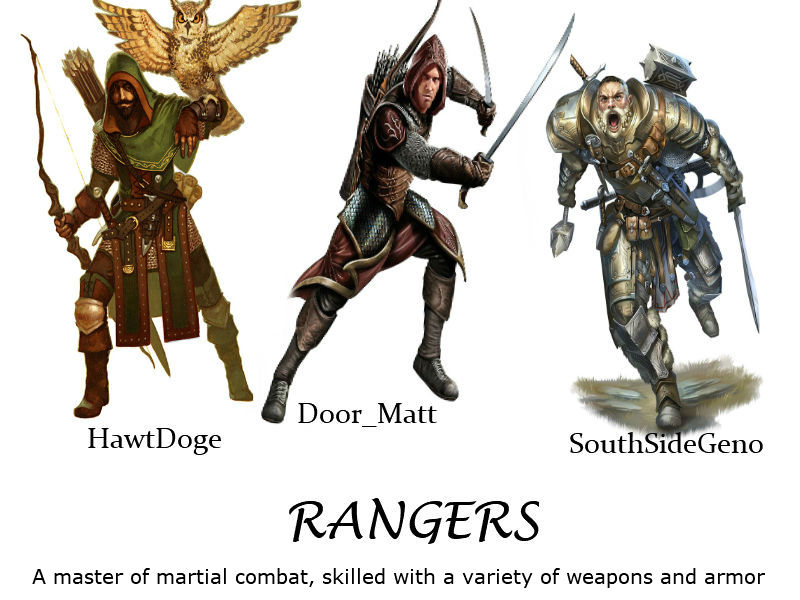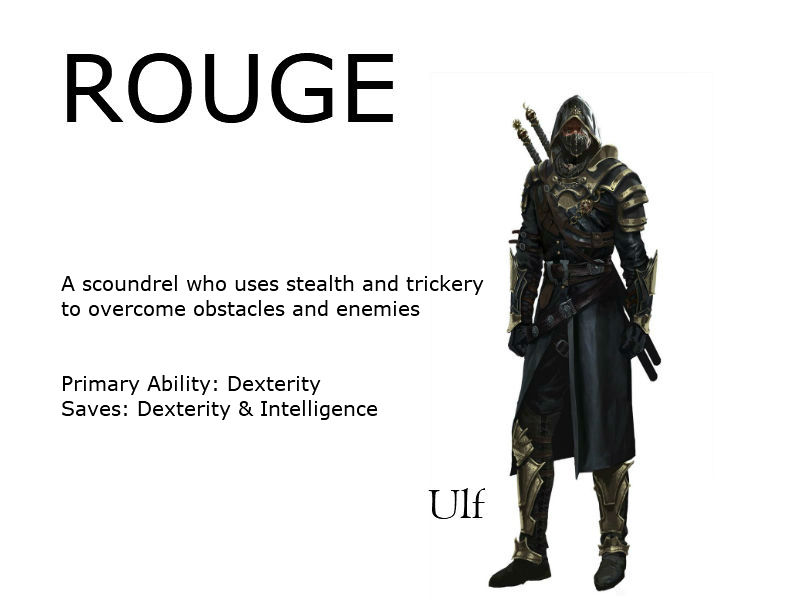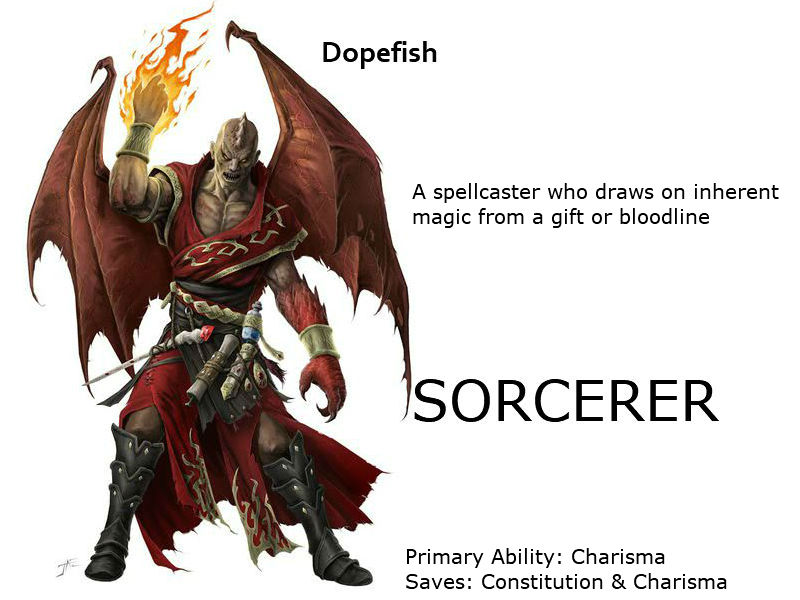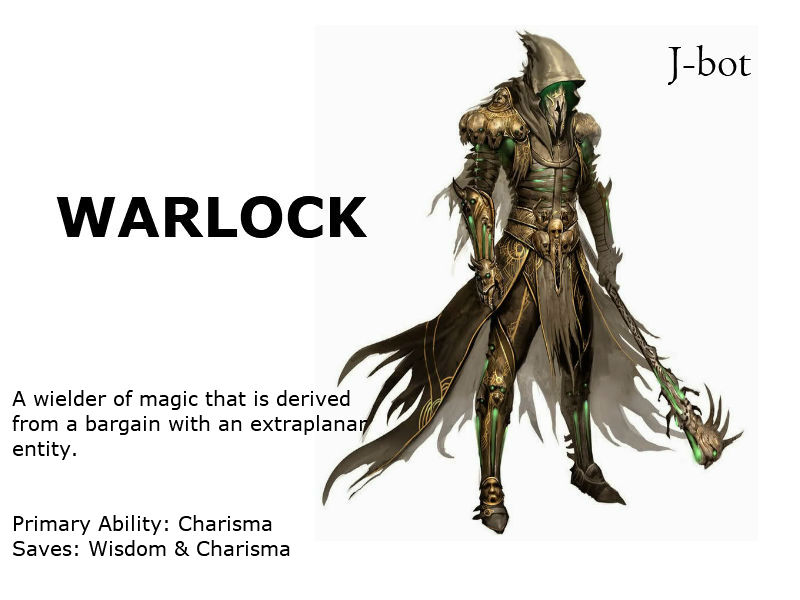Bored until Friday or temporarily semi-employed (Ian Cole), well I have the post for you. So Ungaba asked me to find a better quiz site for determining a Dungeons and Dragon alignment chart. Somehow I misinterpreted that into this post. Fair warning, I have never played D&D and only know what I’ve learned from Wikipedia and various sites. Once again, if this doesn’t make sense, then blame Kris Letang.
Addendum: So I original made a draft before the Meat Up but I decided to modify it afterwards. Some people were a little different than I expected.
Quick synopsis on a D&D alignment –
Examples:
Good: beauty, charity, greater good, life, respect, self-sacrifice
Evil: domination, greed, might, pain, retribution, slaughter
Lawful: community, fairness, honor, logic, responsibility, tradition
Chaotic: change, creativity, freedom, independence, no limits, whimsy
Neutral: balance, knowledge, live n let live, moderation, neutrality, people
The original version of D&D allowed players to choose among three alignments:
- lawful, implying honor and respect for society’s rules
- chaotic, implying rebelliousness and individualism
- neutral, seeking a balance between the extremes
A character’s alignment can change. If a lawful neutral character consistently performs good acts, when neutral or evil actions were possible, the character’s alignment will shift to lawful good. So you can start here to see if Brendan or I got your alignment correct. Fair warning, it is a long quiz. This quiz will tell you your alignment, character group, and race. For example, mine said “True Neutral Human Bard/Cleric”
Alignment:
Neutral Good —- XXXXXXXXXXXXXXXXXXXXXXXXXX (26)
True Neutral —- XXXXXXXXXXXXXXXXXXXXXXXXXX (26)
Law & Chaos:
Neutral – XXXXXXXXXXXXXX (14)
Good & Evil:
Good —- XXXXXXXXXXXX (12)
Neutral – XXXXXXXXXXXX (12)
Race:
Human —- XXXXXXXXXXXXXXX (15)
Dwarf —- XXXXXXXXXXXXXX (14)
Class:
Bard —— XXXXXXXXXXXXXX (14)
Cleric —- XXXXXXXXXXXXXX (14)

Brendan’s version
Per Wiki…
Lawful good
A lawful good character typically acts with compassion and always with honor and a sense of duty. Such characters include righteous knights, paladins, and most dwarves.
Neutral good
A neutral good character has no problems with cooperating with lawful officials, but does not feel beholden to them. In the event that doing the right thing requires the bending or breaking of rules, they do not suffer the same inner conflict that a lawful good character would.
Chaotic good
A chaotic good character does what is necessary to bring about change for the better. Chaotic good characters usually intend to do the right thing, but their methods are generally disorganized and often out of sync with the rest of society.
Lawful neutral
A lawful neutral character typically believes strongly in lawful concepts such as honor, order, rules, and tradition, and often follows a personal code. Examples of lawful neutral characters include a soldier, a judge or enforcer, and a disciplined monk.
Neutral
A neutral character (a.k.a. true neutral) is neutral on both axes and tends not to feel strongly towards any alignment, or actively seeks their balance. Most animals are originally considered true neutral, because they lack the capacity for moral judgment, guided by instinct rather than conscious decision.
Chaotic neutral
A chaotic neutral character is an individualist who follows their own heart and generally shirks rules and traditions. Although chaotic neutral characters promote the ideals of freedom, it is their own freedom that comes first; good and evil come second to their need to be free.
Lawful evil
A lawful evil character sees a well-ordered system as being easier to exploit and shows a combination of desirable and undesirable traits. Examples of this alignment include tyrants, devils, and undiscriminating mercenary types who have a strict code of conduct.
Neutral evil
A neutral evil character is typically selfish. A neutral evil character has no compunctions about harming others to get what they want, but neither will they go out of their way to cause carnage or mayhem when they see no direct benefit for themselves. Another valid interpretation of neutral evil holds up evil as an ideal, doing evil for evil’s sake and trying to spread its influence. Examples are an assassin, a henchman, or a mercenary who switches sides if made a better offer.
Chaotic evil
A chaotic evil character tends to have no respect for rules. Chaotic evil characters do not work well in groups because they resent being given orders and do not usually behave themselves unless there is no alternative.
So here’s my assessment:
Pre-Meet Up

Pre-Meet Up
Post-Meet Up
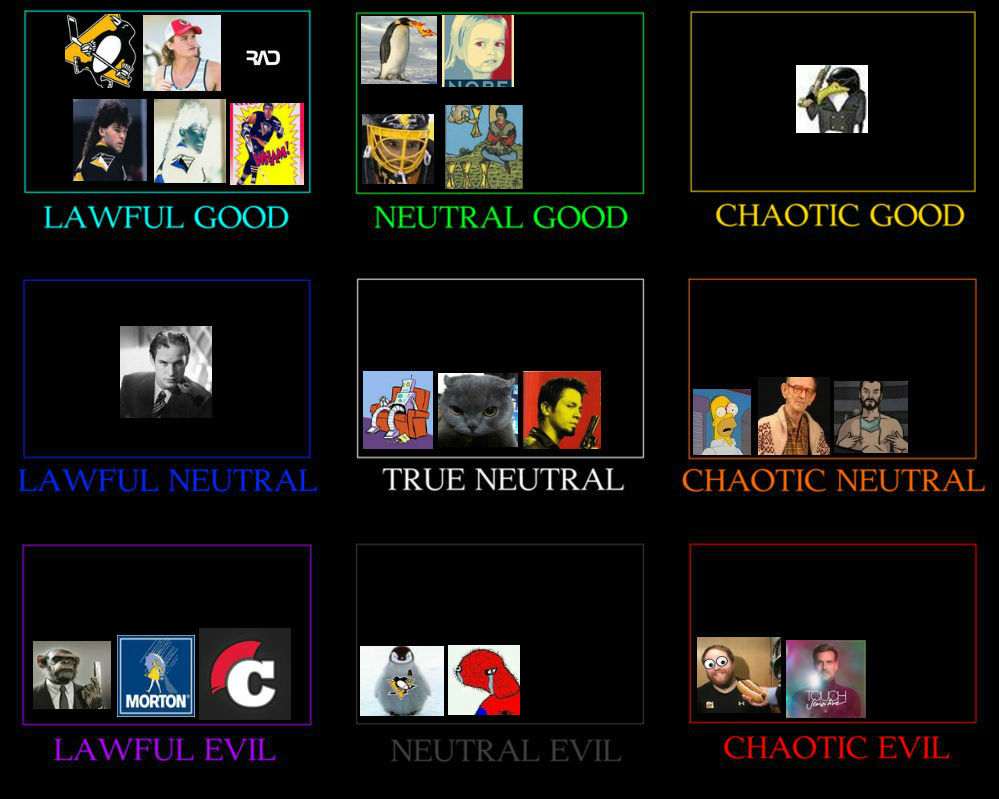
Post-Meet Up
Pittsburgh Penguins Chart
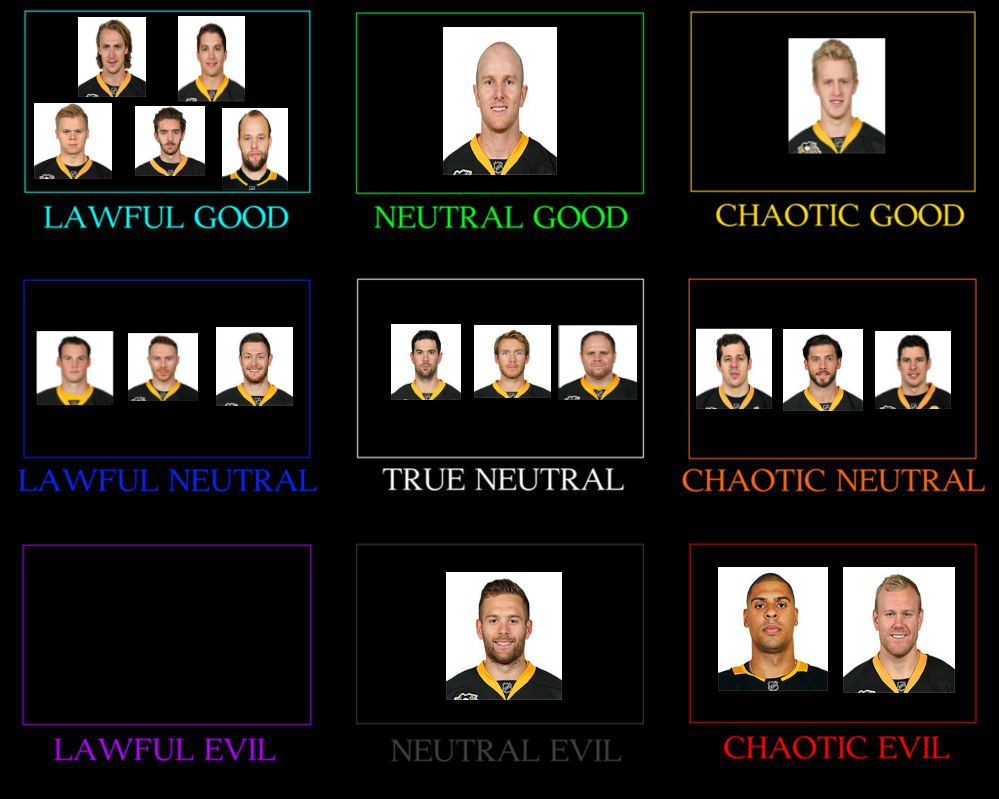
Pittsburgh Penguins Chart
*** Characters are further defined by categories: Strength, Dexterity, Constitutions, Intelligence, Wisdom, Charisma, Skills, Spells, Tool proficiency, Traits. Feel free to post your numbers or create numbers for someone else.

